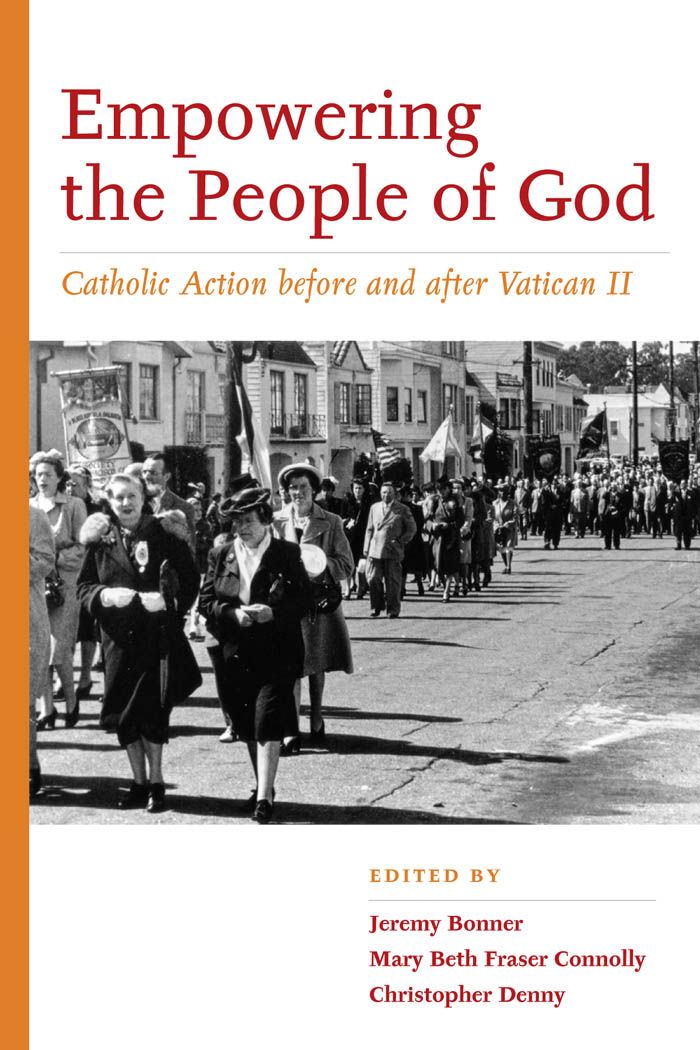Save 25% plus free shipping during our Winter Sale! Use promo code JOY2025. Expires 1/5/26.
Empowering the People of God
Catholic Action before and after Vatican II

This book can be opened with

Empowering the People of God is a major contribution to the "lived history" of Vatican II for the American Catholics. Catholics changed and the changes made a difference for the country as well as the Church. These thoroughly researched essays demonstrate that lay empowerment was taking place before the Council. The Council persuaded lay leaders that "the shaping of the Church's future was in their hands". How they handled those rising expectations is then the theme of six well chosen case studies. Anyone who wants to understand American Catholics must consider the history provided by this excellent book.——David O'Brien, Professor Emeritus, College of the Holy Cross, and Distingusihged Visiting Professor at Large, University of Dayton
I think a broad audience will enjoy this book about the practice of Catholic Action in America. It deals with Pope Pius Xl's call for the laity to engage in "Catholic Action" by assisting the clergy in carrying out the Vatican's definition of the Church's worldly mission, including its commitment to social justice. Millions of the faithful responded to this call, dutifully in he 1930s and 1940s and zealously after mid-century. The introduction to the book deftly contextualizes both periods of Catholic Action, and the essays explore the diversity of the activists reactions to this opportunity. Briefly put, the activists before mid-century conformed to the Pope's charge without challenging the Vatican's authority to define their options. But after 1950, in the new age of cultural individualism in American society and its institutions, the activists opted for the maximum feasible participation of the laity in the definition and implementation of the mission of the Church, a phenomenon that yielded todays' tripartite struggle, laic and clerical , among conservatives, liberals, and moderates for ascendancy in America's largest and perhaps its most quintessentially urban branch of Christianity.——Zane Miller, Charles Phelps Taft Professor of History Emeritus, University of Cincinnati, and co-editor, The Urban Life, Landscape, and Policy Series
Empowering the People of God gives a nuanced, complicated, insightful portrait of Catholic Action as a spectrum rather than a monolith. The volume is timely, not just for historians of American Catholicism, but also for those seeing to understand the deeper backstory to the contesting definitions of authority in the Church in the present moment.——Amy L. Koehlinger, Oregon State University

